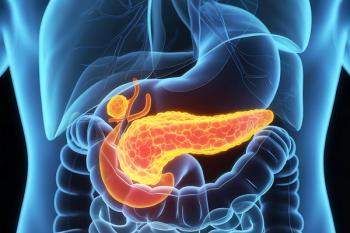
Extension of TSK-GEL ODS-100 reversed phase column line
Tosoh Bioscience is extending the portfolio of TSK-GEL ODS-100 reversed phase columns by a new 3µm TSKgel ODS-100Z stationary phase and additional column dimensions for all TSK-GEL ODS-100 phases.
Tosoh Bioscience is extending the portfolio of TSK-GEL ODS-100 reversed phase columns by a new 3µm TSKgel ODS-100Z stationary phase and additional column dimensions for all TSK-GEL ODS-100 phases. TSKgel ODS-100V and TSKgel ODS-100Z columns incorporate best-in-class surface properties to limit secondary interactions of basic, acidic and chelating compounds. They offer high efficiency and symmetrical peak shapes.
TSK-GEL ODS-100Z columns offer strong retention and high selectivity when separating homologues series of non-polar and polar compounds. They contain a high density monomeric C18 bonded phase for maximum retention of small molecular weight compounds. When using low pH mobile phase conditions, TSK-GEL ODS-100Z columns outlast other RP columns by providing stable retention. This popular C18 phase is now available in 3µm particle size. For both, 3µm and 5µm particle size the choice of available column dimensions was expanded.
TSK-GEL ODS-100V columns provide strong retention and high selectivity for polar solutes. The TSKgel ODS-100V stationary phase is less hydrophobic than ODS-100Z phase. Monomeric bonded phase chemistry and highly efficient endcapping provides complete wetting and retention stability in 100% aqueous mobile phases. Due to continued requests 3 mm ID and other lengths were added to the existing 2 and 4.6 mm ID TSKgel ODS-100V, 3µm and 5µm column line.
A new brochure on reversed phase chromatography provides detailed information on the broad range of TSK-GEL reversed phase columns. Visit
Newsletter
Join the global community of analytical scientists who trust LCGC for insights on the latest techniques, trends, and expert solutions in chromatography.





